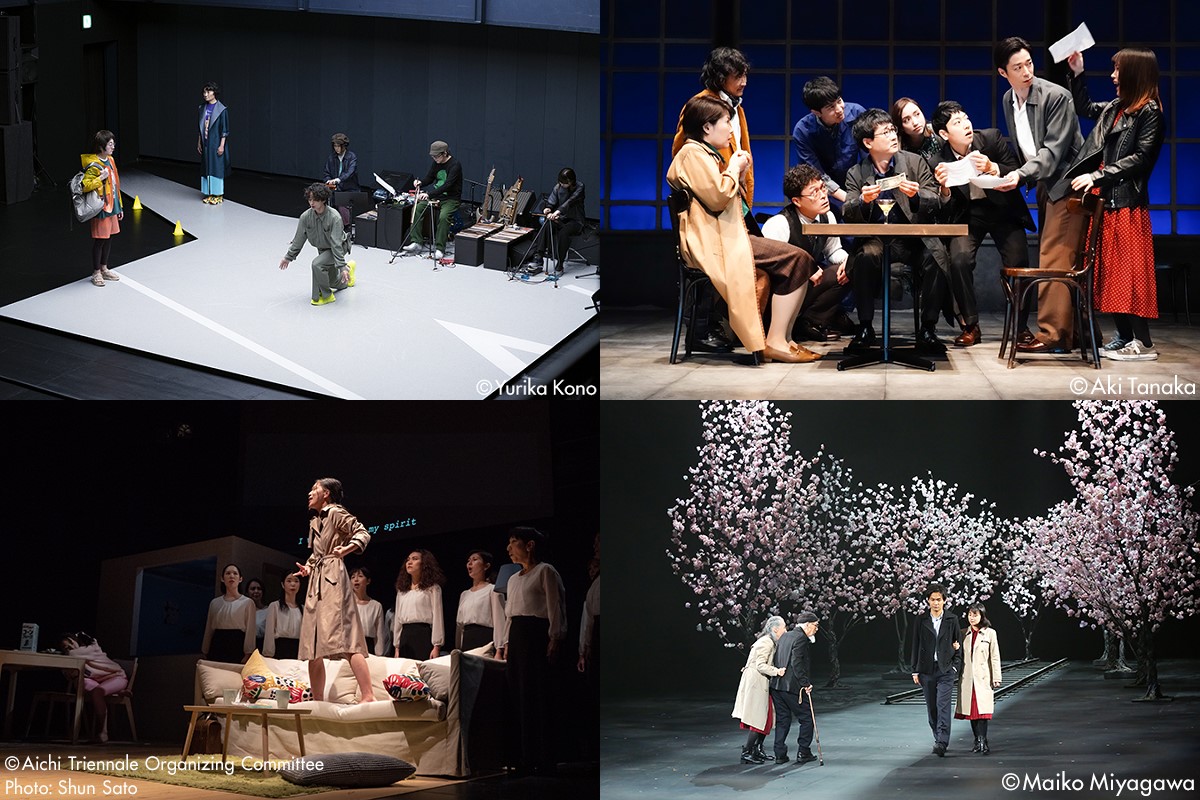最新記事
タグを検索
PANJとは

日本と世界をつなぐ、
舞台芸術Webメディア
Performing Arts Network Japan(PANJ)は、多様性をもつ刺激的な日本の現代舞台芸術情報を海外に発信することを目的に、2004年に国際交流基金が創刊した毎月更新の日英二言語によるウェブサイトです。また世界の舞台芸術シーンの動向にも注目し、インターナショナルプレゼンターの紹介を併せて行い、国際交流の活性化を図ります。

Performing Arts Network Japan(PANJ)は、多様性をもつ刺激的な日本の現代舞台芸術情報を海外に発信することを目的に、2004年に国際交流基金が創刊した毎月更新の日英二言語によるウェブサイトです。また世界の舞台芸術シーンの動向にも注目し、インターナショナルプレゼンターの紹介を併せて行い、国際交流の活性化を図ります。